
In October 2016, Xiaomi held a press conference. Just when everyone thought that the protagonist of this event was the curved screen mobile phone Xiaomi Note 2, Xiaomi MIX made its final appearance. Xiaomi, which was in its trough at the time, ushered in the full-screen era of smartphones with such a stunning product.
When the full screen becomes the focus of users' attention, how to create a near-perfect "true full screen" form has become a problem that major manufacturers are racking their brains to think about.
However, by 2024, true full screens have not yet become the mainstream form of smartphones, and hole-punch screens are still the most common design. It seems that all manufacturers have given up their obsession with true full-screen displays and have fallen into a state of collective failure. Why did the true full-screen design turn from a smash-hit design into a selling point that doesn’t hurt?
As the first full-screen phone, The shock brought by the debut of Xiaomi MIX is self-evident. In order to achieve the stunning effect of extremely narrow bezels, this phone directly sacrificed the experience of the front camera and placed the camera on the "chin". Of course, looking at it now, this phone is not considered a full-screen phone in the true sense because its bottom border is still very wide.
#1. Lift-type camera: complex structure and questionable reliability.
#To achieve a true full screen, the front camera is the biggest obstacle. In 2018-2019, when the full-screen design became all the rage and popularized, various manufacturers invariably thought of the pop-up camera solution.
For example, the first generation OPPO Reno adopts a side-swing lifting structure, in which the front camera, soft light, earpiece, and rear flash are placed. When it is called, it Will lift up and remain hidden when not in use. The OPPO Find X released earlier uses a dual-rail lift camera with a screen-to-body ratio of 93.8%.
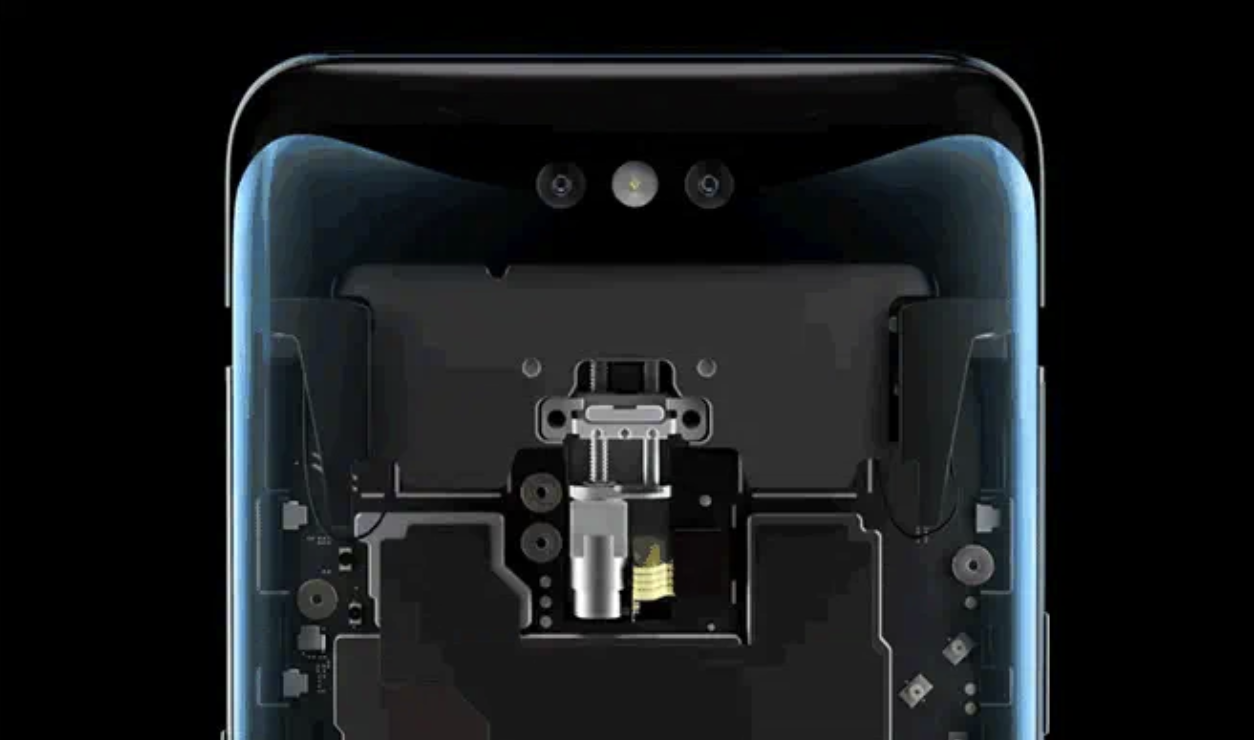
(Source: OPPO)
At the same time, vivo A more representative true full-screen product is vivo NEX. It also uses a pop-up front camera, but the overall structure is much smaller and basically only includes the camera itself.
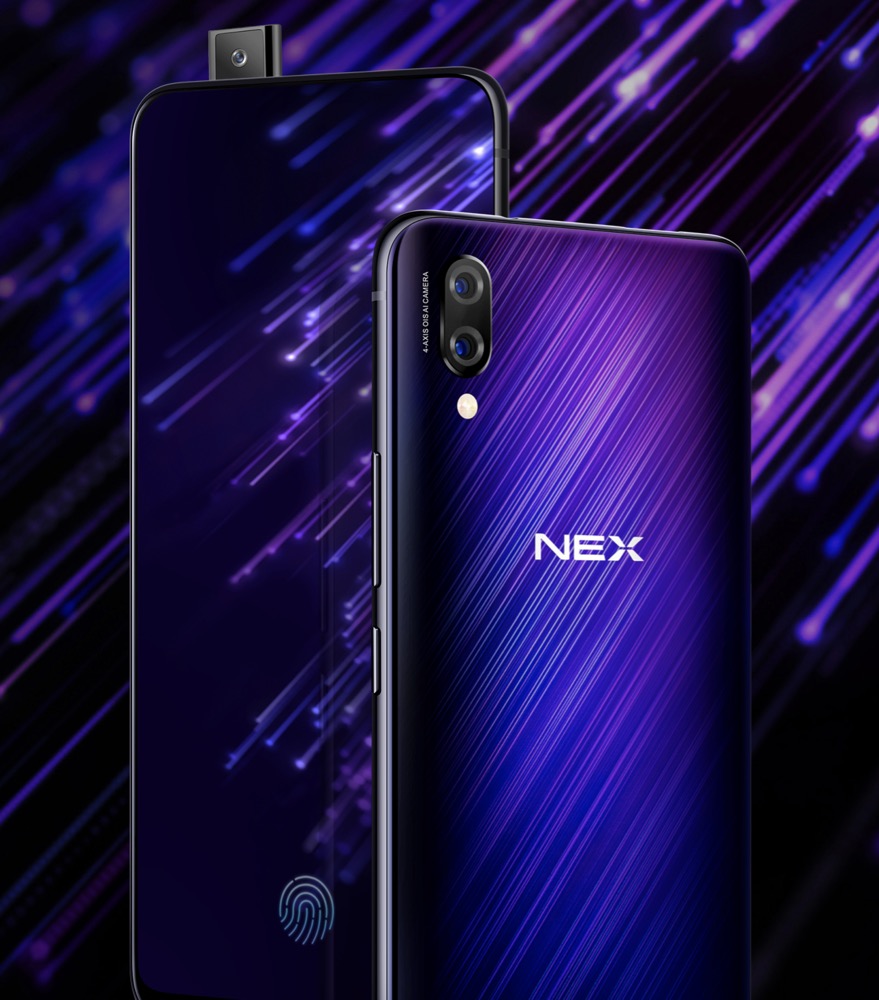
(Photo source: vivo)
There are also cases where similar solutions are used There is the Redmi K20 series, whose front camera is pop-up, and the specific usage effect is very similar to that of vivo NEX.
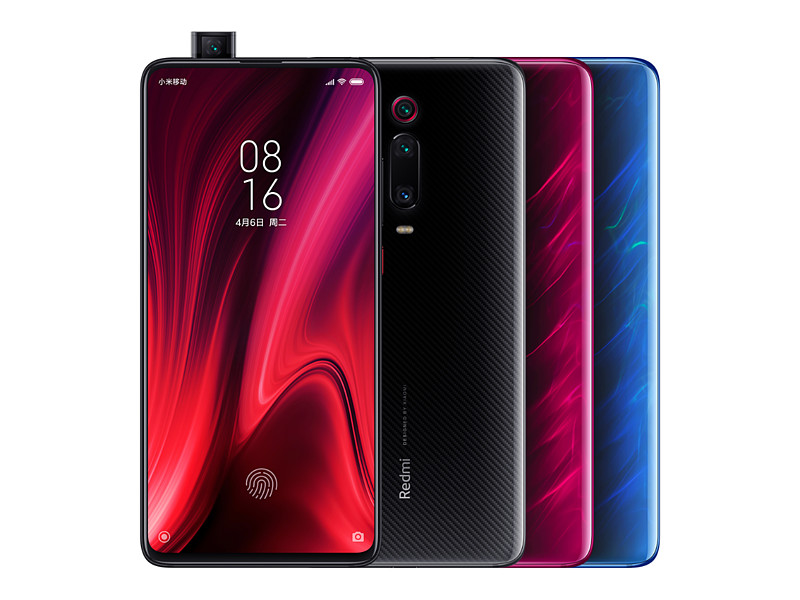
(Source: Redmi)
Interestingly, at that time Samsung has also tried a pop-up camera solution. However, Samsung’s approach is bolder and more radical. The Samsung Galaxy A80 released in 2019 adopts a lift-and-flip design, which combines the front camera and the rear camera into one.
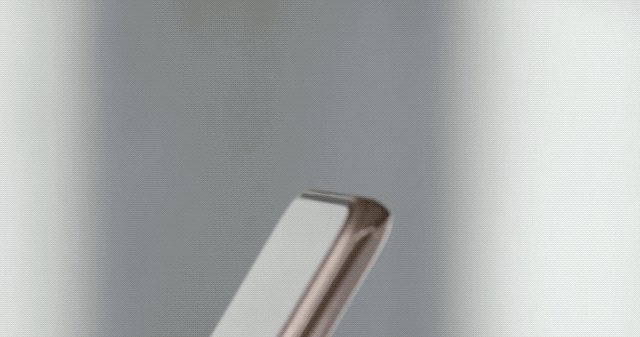
(Source: Samsung)
Lifting structure design The advantage is obvious. It can be flexibly adjusted according to specific scenes without excessively sacrificing the specifications and imaging quality of the front camera. However, the reliability of this mechanical structure is relatively low, and there is a risk of failure if used frequently. Moreover, the lifting structure inevitably increases unexpected situations such as dust entry. The lifting structure also takes up valuable internal space of the mobile phone.
Therefore, apart from its high-end selling point as a flagship product in the early days, the pop-up camera solution failed to gain popularity quickly on smartphones, and was quickly abandoned by manufacturers and the market. .
#2. Under-screen camera: The idea is very good, but the technology needs to be improved.
In 2020, ZTE brought the world’s first under-screen camera phone-Tianji AXON20. The principle of the under-screen camera can be understood as placing the camera under the screen and using the front camera across the screen. In order to hide the camera under the screen, many problems need to be solved, such as the light transmittance of the screen material covering the camera, how to ensure the imaging effect of the blocked camera, etc.
# Therefore, during actual use, the under-screen camera solution will also expose some problems. For example, the resolution of the front camera area of the screen is lower than that of other parts of the screen. If you look carefully, you can observe a small circle; the imaging quality of the under-screen camera is not as good as that of ordinary selfie cameras, and it may still feel blurry after algorithm optimization. .
Of course, under-screen camera technology is also constantly optimized. ZTE's Nubia Z60 Ultra has ushered in the fifth generation of under-screen technology. The pixels of the under-screen camera have reached 12 million. It has become not so easy to find the position of the front camera on the screen. Moreover, its imaging quality is also improving. Although it is still not as good as the conventional front camera, it is still enough for daily use.
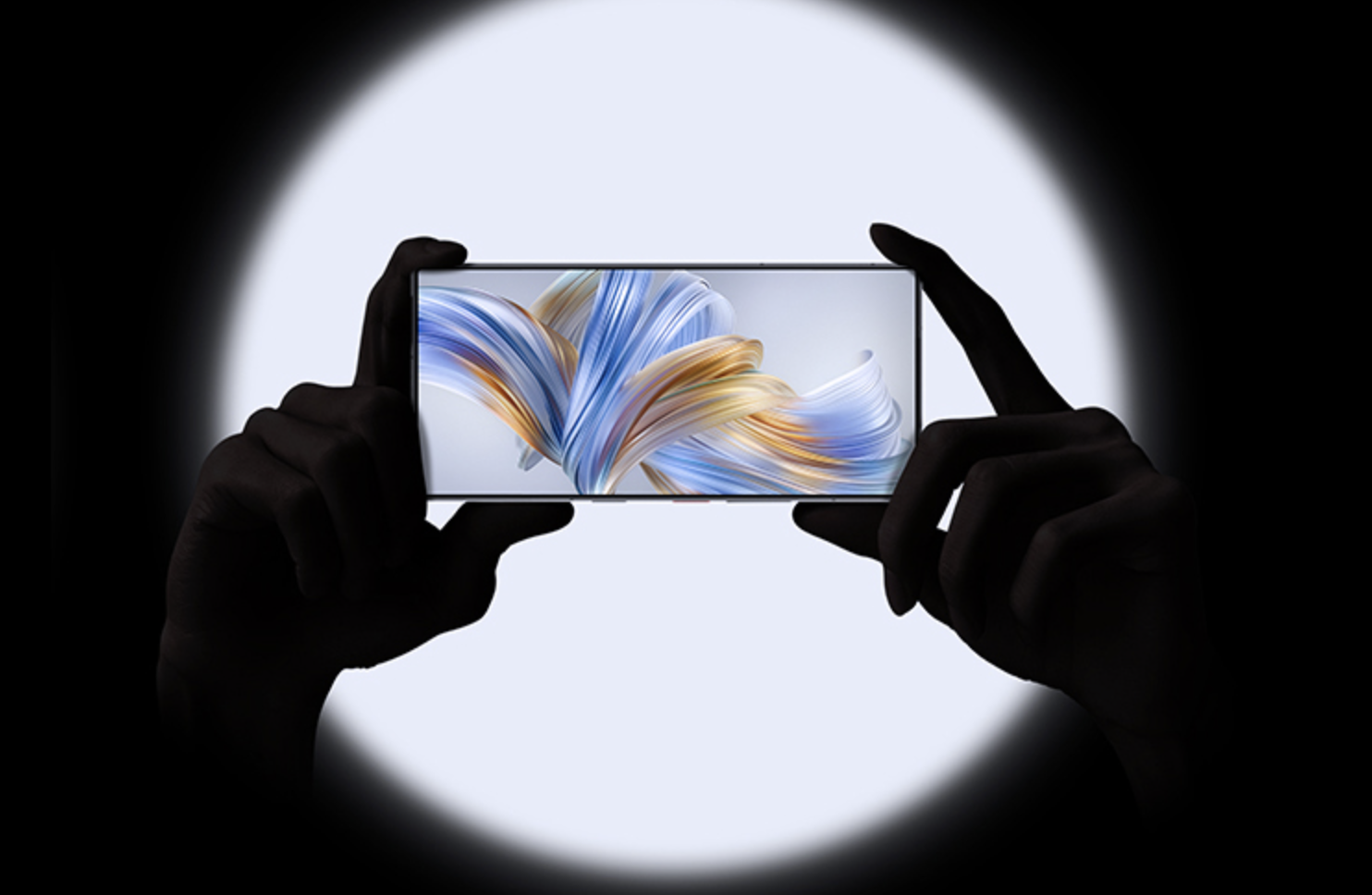
(Источник фото: Nubia)
#Помимо ZTE и Nubia, Xiaomi также пробовала решения для подэкранной камеры. Xiaomi MIX4, выпущенный в 2021 году, представляет собой настоящий полноэкранный дизайн. Чтобы добиться лучших эффектов камеры под экраном, Xiaomi заявила, что использовала различные методы, такие как расположение микросверл, переработанную схему схемы и прозрачные выводы.
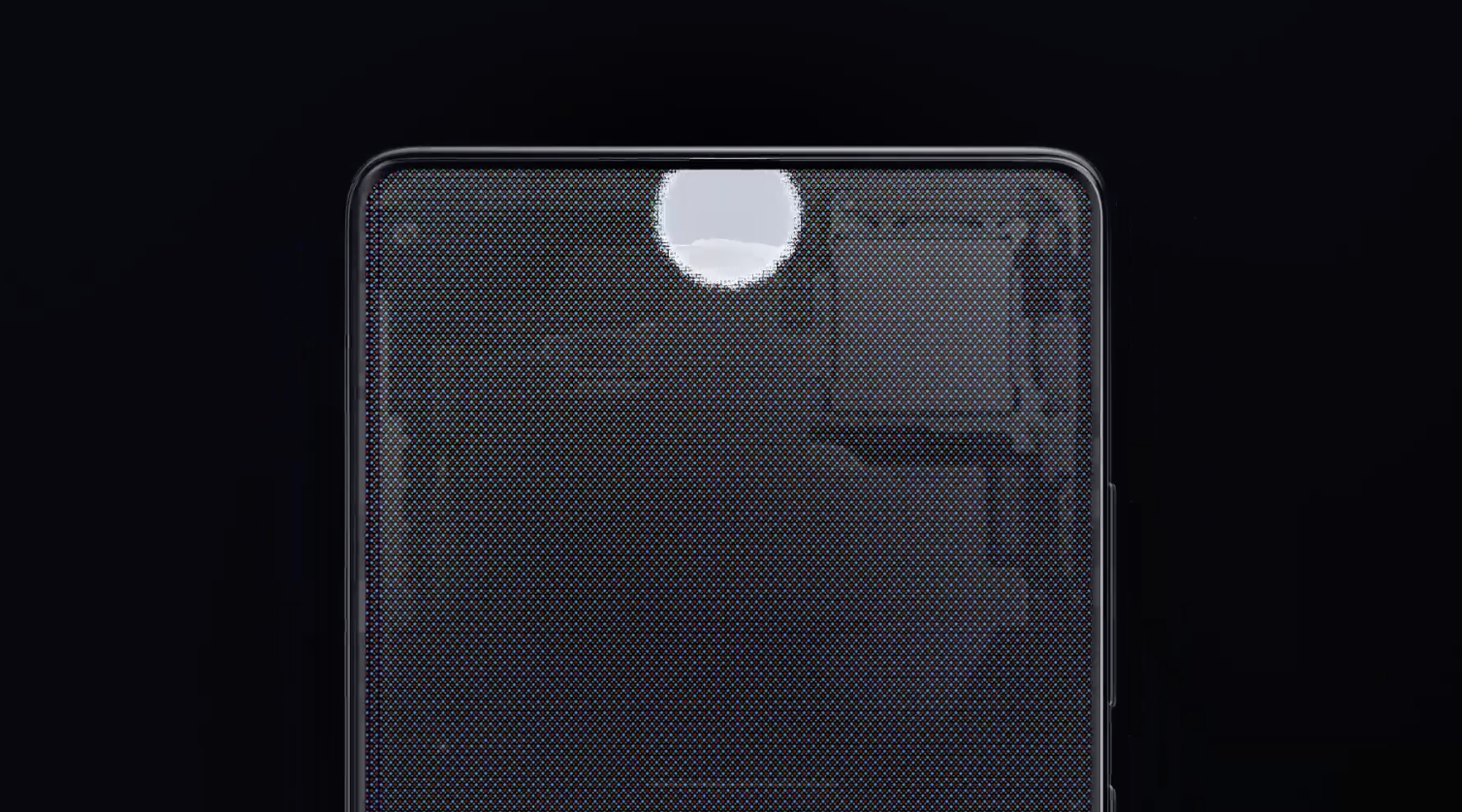
(Источник: Xiaomi)
Как гигант в области панелей, Samsung Также предпринимались активные попытки создания технологии подэкранной камеры. Компания Samsung внедрила решение для камеры под экраном во всех трех поколениях складных экранов Galaxy Z Fold3, Fold4 и Fold5. Фронтальная камера спрятана под основным экраном. Однако подэкранная камера Samsung имеет относительно небольшое количество пикселей — 4 миллиона пикселей.
#По сравнению с подъемной механической конструкцией камера под экраном кажется лучшим решением для настоящего полноэкранного режима. Однако относительно очевидны и ее текущие недостатки: помимо низкого качества изображения камеры, есть еще проблема, заключающаяся в том, что она будет мешать экрану. В настоящее время у моделей, в которых используются решения подэкранной камеры, разрешение, яркость и другие показатели самого экрана хуже, чем у обычных продуктов.
В последние годы полноэкранные дизайны стали широко популярны на смартфонах, но настоящий полноэкранный дизайн по-прежнему остается очень нишевым типом продукта. В настоящее время наиболее распространенным дизайном мобильных телефонов по-прежнему является полноэкранный дырокол, который в основном делится на одинарные и двойные отверстия, в то время как экраны с вырезами постепенно устраняются.
В 2017 году выпуск iPhone X объявил о переходе Apple на полноэкранный дизайн своих мобильных телефонов. Однако из-за использования в стане Android распознавания лиц вместо подэкранного отпечатка пальца предыдущие iPhone долгое время не могли избавиться от резких ударов по телефону. Лишь в 2022 году Apple выпустила свой первый телефон с перфорированным экраном — iPhone 14 Pro, который имел форму «таблетки». Что касается полноэкранного дизайна, Apple и Android наконец пошли по одному и тому же пути.
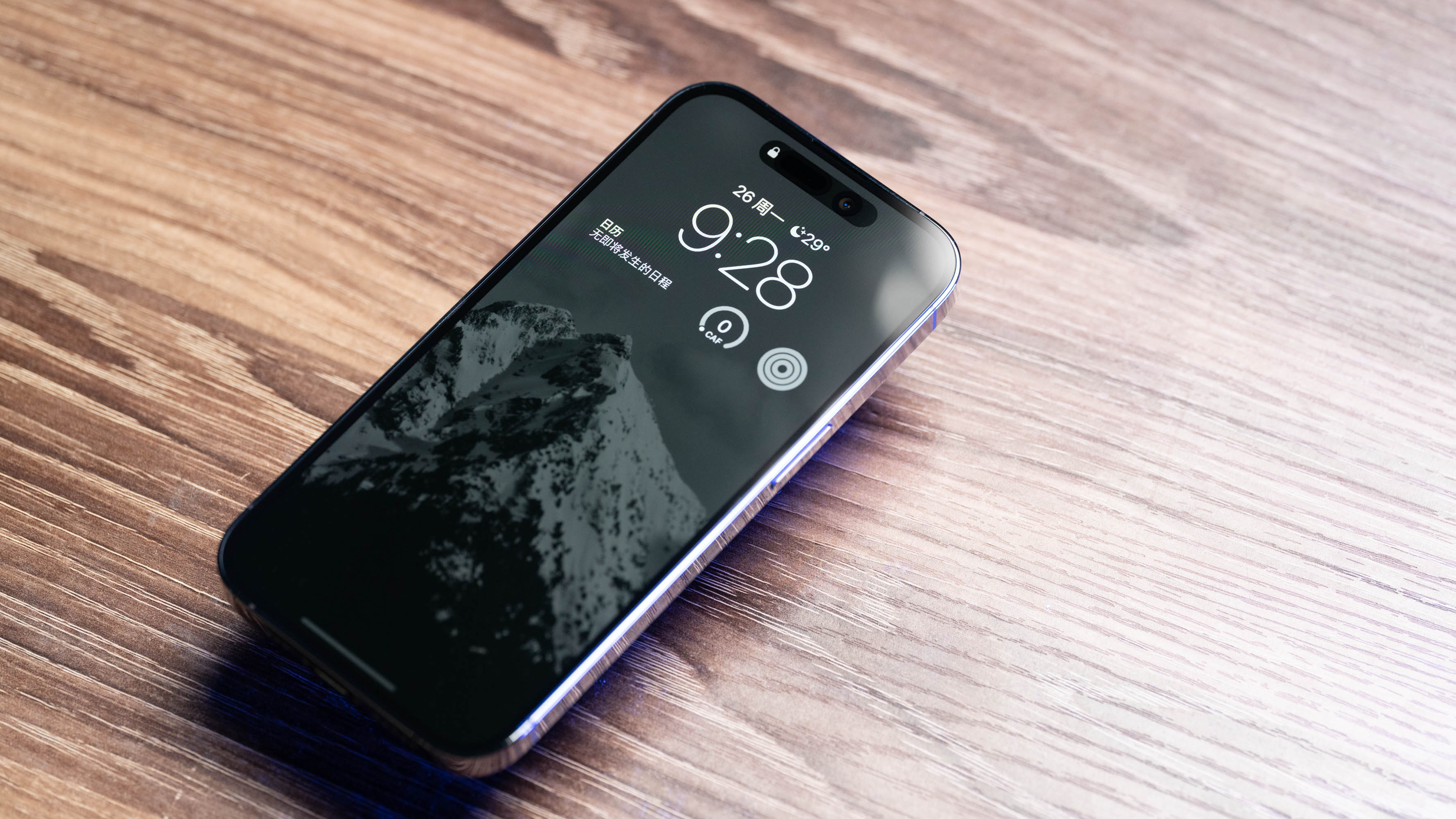
##И, в конце концов, улучшение визуального восприятия, вызванное настоящим полноэкранным дизайном, не может дать пользователю тот же опыт, что и улучшения в производительности, изображении и скорости Зарядка. Обеспечьте немедленные изменения. Напротив, хотя полноэкранный режим с дырочками далек от идеального настоящего полноэкранного дизайна, он полон практичности: эффект изображения камеры не будет скомпрометирован, качество экрана не пострадает, и вам нужно только заплатить за экран с дырочками Это небольшая цена.
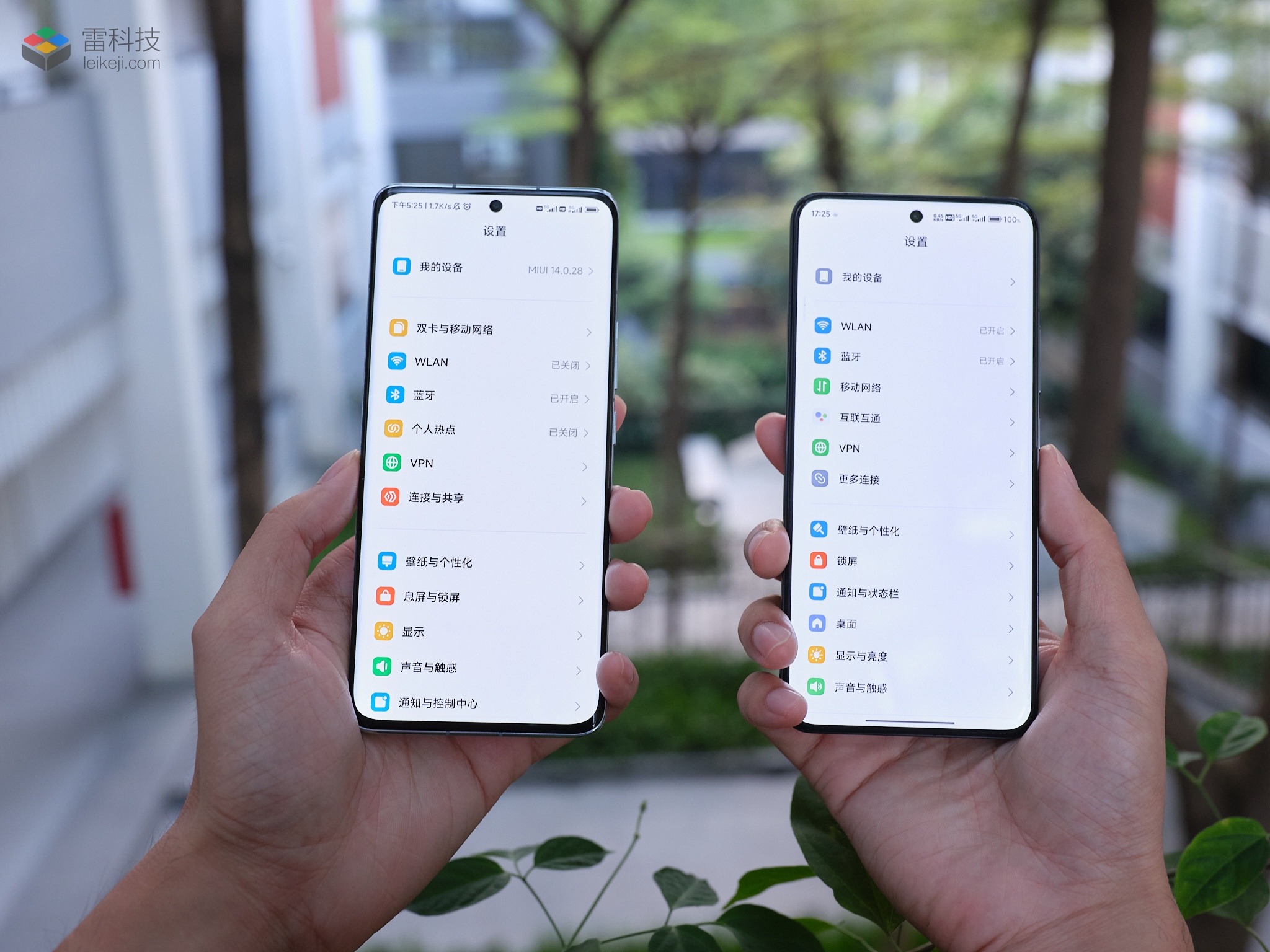
Для Apple экран с дырочками и «умный остров» — всего лишь компромиссы с нынешним полноэкранным дизайном iPhone. Настоящий полноэкранный режим с использованием подэкранной технологии — это будущее. Однако по сравнению с Android Apple необходимо не только решить проблему камер под экраном, но также иметь соответствующие решения для реализации Face ID под экраном.
Ранее Apple раскрыла несколько патентов на Face ID под экраном, а аналитик DSCC Росс Янг также предсказал, что в 2025 году появится первый смартфон, оснащенный Face ID под экраном. будет запущен.Появится iPhone.
В лагере Android такие бренды, как Huawei, ZTE, Samsung и Xiaomi, всегда имели патентные резервы на подэкранные камеры. Судя по продуктам с подэкранными камерами, которые бренд ZTE постоянно обновляет, каждое поколение решений технически совершенствуется, а недостатки подэкранных решений постепенно преодолеваются.
Можно предсказать, что, когда технология подэкранных камер станет зрелой, настоящий полноэкранный дизайн ознаменует момент настоящей популярности.
The above is the detailed content of Once relied upon by Xiaomi, why have 'true full-screen” mobile phones disappeared?. For more information, please follow other related articles on the PHP Chinese website!
 Commonly used permutation and combination formulas
Commonly used permutation and combination formulas
 java regular expression syntax
java regular expression syntax
 How to use append in python
How to use append in python
 How to modify the text in the picture
How to modify the text in the picture
 ASUS laptop cooling
ASUS laptop cooling
 Tutorial on adjusting line spacing in word documents
Tutorial on adjusting line spacing in word documents
 Which inscription is the most promising in the currency circle?
Which inscription is the most promising in the currency circle?
 How to slow down video on Douyin
How to slow down video on Douyin




